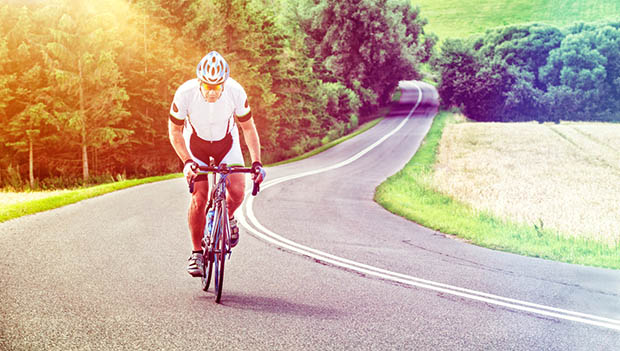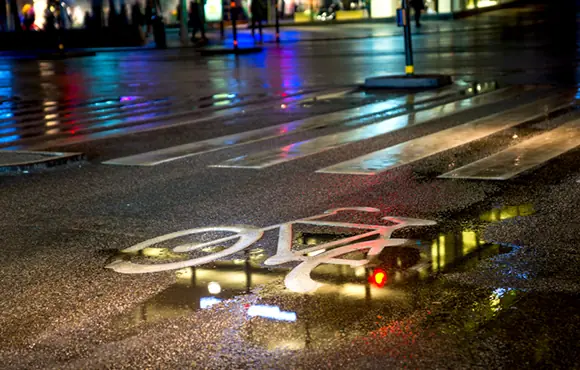
While triathlon has roots in regions with warmer climates (think San Diego and Kona), not all of us enjoy training and racing in the sweltering temps. Whether it's due to medical reasons or you simply don't like dealing with hot weather, training can be tough once the summer months roll around.
Don't worry. With just a few tweaks you can log all your necessary training hours without dealing with the stifling heat and humidity during the warmest times of the year. From training early in the morning (or late at night) to planning a mini getaway training camp, here are seven ways triathletes can avoid the blistering summer heat.
Be advised: If you experience any symptoms of heat stroke or heat exhaustion, be sure to seek medical attention immediately.
Focus on the Swim
It doesn't really matter if it's hot out or not if you're in the pool (and as long as the water isn't too warm)! Focusing on swimming through the warmer months will allow you to stay in shape and hone this often-neglected leg of triathlon. While you should still be running and cycling (see below for heat-beating options), swimming will allow you to keep training even when it's hot out, and the fitness gained through this zero-impact, cardio workout will translate nicely over to the other two disciplines.
Train Early in the Morning or Late at Night
We all know how quickly it heats up once the sun rises, so try to squeeze in your bike or run workout during the dawn or dusk hours. Not only will it be cooler and usually less windy, you'll likely have the trails or roads all to yourself. It's also a good way to start your day, and consistent morning workouts will build strong fitness habits over time (and get you used to waking up and performing early in the morning come race day).
Plan a Getaway Training Camp
If you live in an area with unbearable heat in the summer months, consider planning a mini getaway training camp. Pick a cooler location, gather the family (or a few other tri buddies) and book an Airbnb for a few days or weeks of serious training. Of course, this can get expensive and might require some time away from work, but if you can swing it, it's a great option.
Consider Indoor Spinning or Running on a Treadmill
We know, we know—you've just come out of a winter filled with indoor training, only to enjoy a few weeks of spring before the heat of the summer months sends you right back indoors. While it's not nearly as enjoyable as training outside, platforms like Zwift allow you to train with other athletes in real time. You may not feel the wind in your face, but at least you won't be training in the heat (and if professional triathletes Lionel Sanders and Andy Potts can train indoors and win races, you can too).
Choose Triathlons in Cooler Climates
This one may seem obvious, but not all races are created equal. Depending on where you live, finding a triathlon in a cooler climate might mean a bit more travel time, but it's worth it if you don't enjoy racing in the heat. Head north or head up in elevation to race in cooler temperatures that better fit your preferences. Click here to find a triathlon in your perfect location.
Pick Early-Season Races
Consider your training runway as you schedule your races for the year. Early-season races will allow you to train (and race) during the cooler, offseason months where heat will be much less of an issue. While late-season races likely mean you won't be racing during the peak summer months, you'll likely be training through the summer if you're working toward longer-distance triathlons (especially if you're training for an IRONMAN).
Insulate Yourself From the Heat
If all else fails and you must train or race in the heat (or things start to warm up on a long ride), there are a few things you can do to minimize the effect heat has on your system and your performance. Stay on top of your hydration and consider incorporating more sodium-rich sports drinks into your nutrition plan. Also, pick a tri suit that's lightweight, breathable and has UV sun protection (same goes for headwear). Finally, douse your head, neck and core with cool water to help lower your body's overall temperature.
READ THIS NEXT: 5 Hydration Tips for Triathletes








Discuss This Article